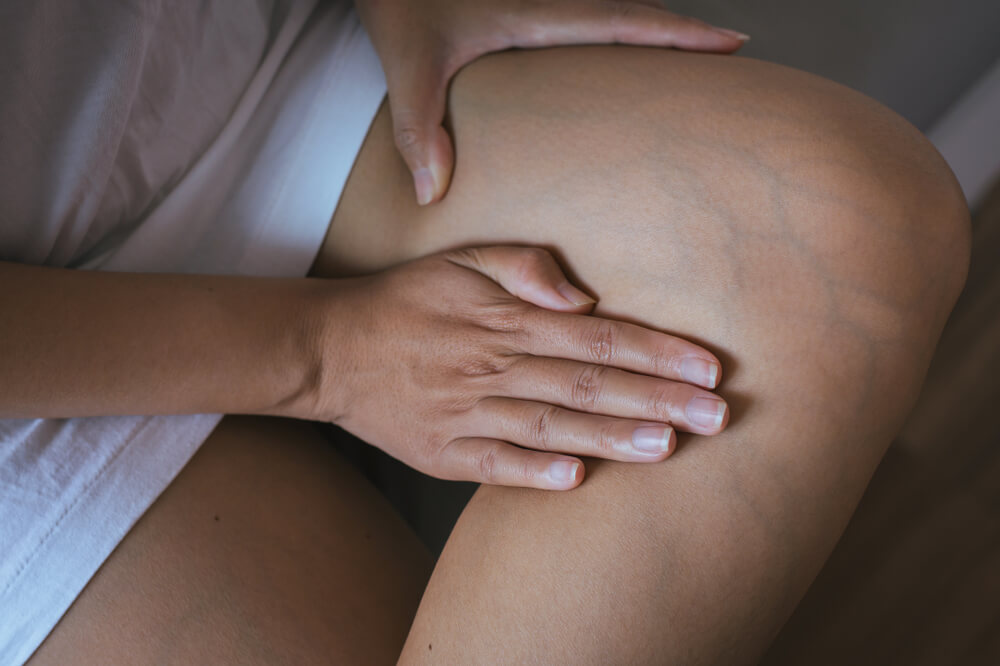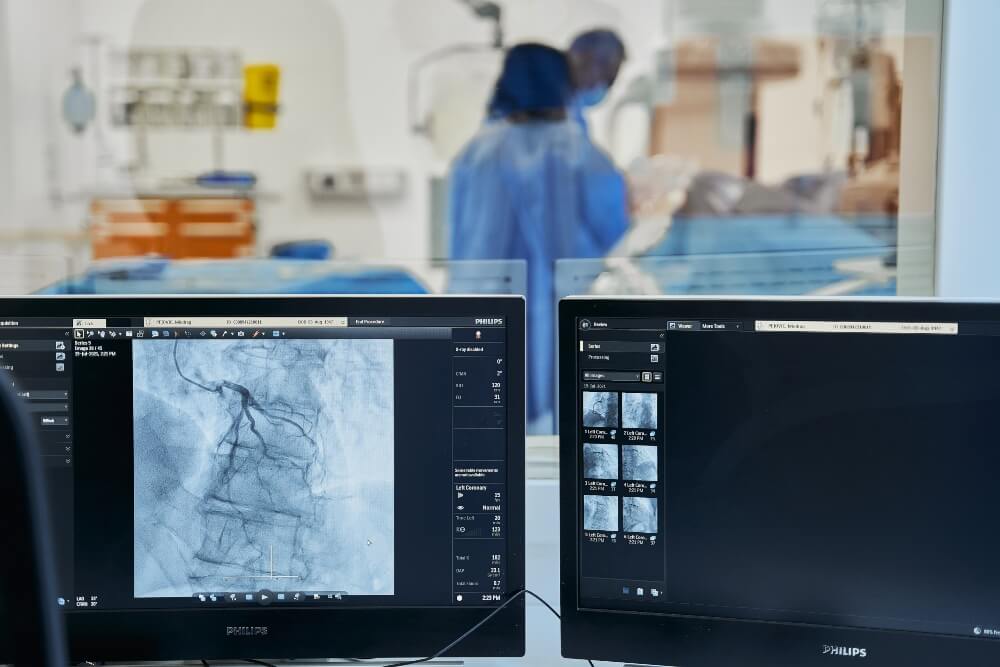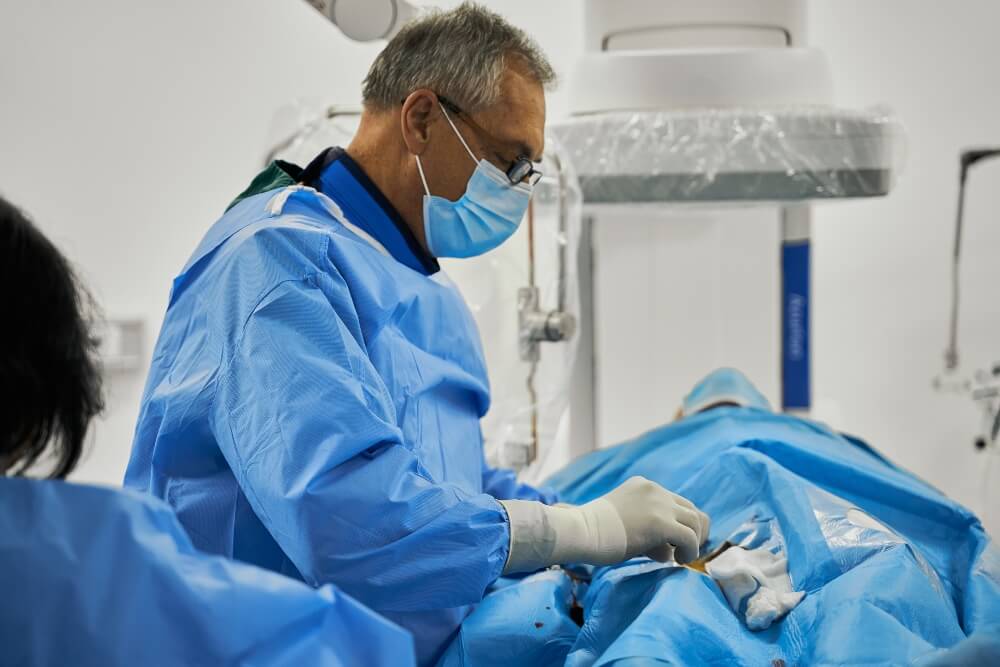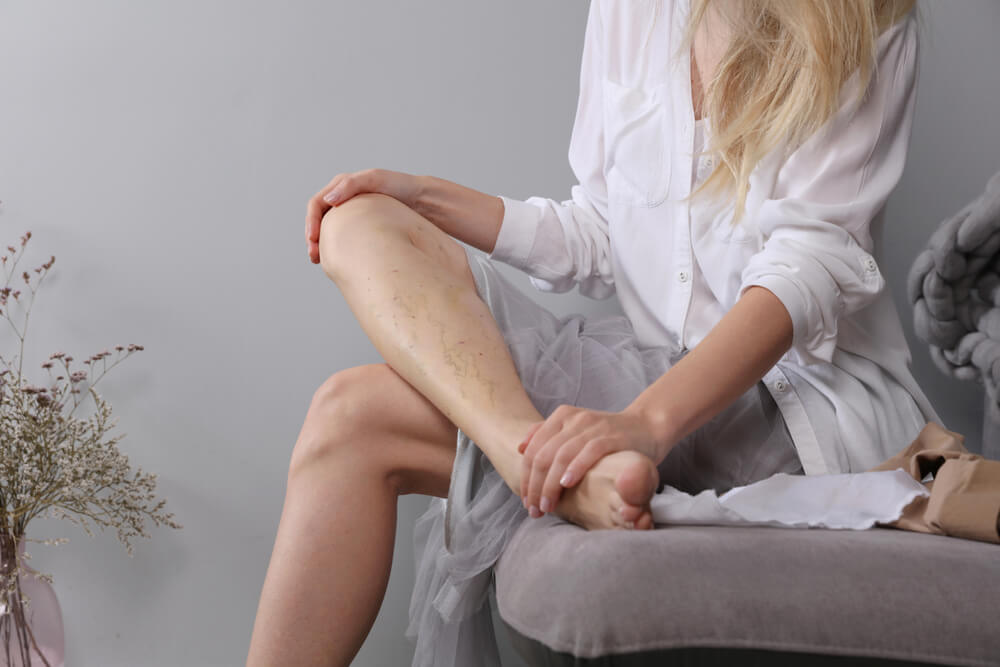Vascular surgery has progressed so much that today it is possible to solve this problem in several ways and thus significantly improve your health and prevent unfavorable developments.
Why do varicose veins occur?
The leg vein system consists of superficial and deep veins. Varicose veins can be seen with the eye if they are on the surface.
Inside the veins there are valves whose role is very important to maintain proper blood flow, which in the case of the legs is against gravity. The moment when a problem with the valves appears and when one of them gives way, the blood returns and the veins expand.
Varicose veins do not have to immediately cause terrible discomfort, years may pass before the appearance of any stronger symptoms, but this does not mean that you should leave things to chance, because it is only a matter of time before they begin to significantly affect the performance of daily activities.
Varicose veins should be treated on time in order to avoid complications including: thrombosis, thrombophlebitis, resulting pulmonary embolism and venous ulcer.

Risk groups
It is not fully understood why this problem occurs, but it is known that lifestyle and genetics play the most important role. Especially combined, these factors increase the chance that you will develop varicose veins at some point in your life.
One of the following factors can place you in the risk group:
- genetics
- pregnancy
- long standing or sitting at work
- obesity
- hormone therapy
- hormonal changes (during puberty, pregnancy, menopause)
- oral contraceptive
- chronic constipation
- flat feet
Symptoms of varicose veins
Symptoms of varicose veins do not have to appear immediately. For a long time, many people will see varicose veins as an aesthetic problem without any additional phenomena and difficulties, but at some point it will come to an end. Varicose veins are a health problem and should be treated as such.
It is possible to feel the following symptoms of varicose veins:
- there is a feeling of heaviness in the legs
- pains after standing or sitting for a long time
- swelling of the joints or legs
- tension in the legs
- burning sensation
- itching
- restlessness in the legs
- the appearance of red, hard bumps that hurt
Stages of the disease
- The first stage – this stage does not involve much discomfort, the legs may tingle or sometimes hurt, the veins are not visible, and even with ultrasound it is impossible to register the wrong movement of blood.
- The second stage – the veins are now visible and it is possible to diagnose the problem with an ultrasound examination. Symptoms of varicose veins begin to appear more and more often, and inflammation of superficial veins and the appearance of thrombus, as well as inflammation of deep veins, may occur. Painful lumps, swelling, and skin discoloration are also possible. In the most severe situations, it is possible for the thrombus to travel to the lungs, which leads to a pulmonary embolism.
- The last stage – chronic venous insufficiency – will occur in patients who did not treat the problem in the earlier stages or treated it inadequately. This phase is characterized by a change in the color of the skin to brownish, black or red, the appearance of venous wounds, which become more difficult to heal over time.
What does the treatment of varicose veins mean?
Vascular surgery offers several options when you need a solution for varicose veins. Each treatment method has its own advantages and reasons why it is recommended to patients.
We will give you basic information about each of them, but the final decision should not be made by yourself, but in consultation with a vascular surgeon.
We have a team of four expert and experienced vascular surgeons, MD Miloš Sladojević, MD Ivan Tomić and MD. Perica Mutavdžić, who are at your disposal for consultations and interventions.
Traditional varicose veins surgery (Stripping method)
Varicose vein surgery belongs to the more traditional methods, but it is still recommended for patients in whom other methods have failed or when the problem of varicose veins has become complicated and led to chronic venous stasis or pulmonary embolism.
This intervention is not too risky, it is performed within an hour or two and the patient receives spinal, epidural or total anesthesia, depending on the situation.
During this operation, the diseased part of the venous system is removed, the parts are usually ligated, after which the problematic vein is removed from the system. The doctor makes two incisions, one at the groin and the other at the ankle joint, and in this way a wire is introduced into the saphenous vein, with which it is then pulled out and removed.
A compression bandage is placed on the patient’s leg, and after a day or two a compression sock is worn for as long as the recovery lasts.
Usually, the patient stays in the hospital for two days after the operation to monitor his condition, and further recovery and rehabilitation takes three to four weeks.
The recovery after this operation is longer compared to the recovery after some other method for the treatment of varicose veins, but sometimes the operation is the only or the best option.

Radiofrequency or laser ablation
These two methods differ from the stripping method because they are less invasive and do not involve removing the vein from the body, but only disconnecting it from the venous system using radiofrequency or laser energy.
Before the intervention, the patient is usually given local anesthesia so that he does not feel discomfort. A special catheter is inserted into the main superficial vein in the knee area and guided all the way to the groin. At the point where it passes into the system of deep veins, laser or radiofrequency energy is released, and the result is blinding of the vein walls. In this way, it is disconnected from the system and blood can no longer flow through it.
In addition to less invasiveness, less pain and tingling of the leg, there are other advantages of these methods, and quick recovery is one of them. After radiofrequency ablation, the pain is even less than with laser ablation, because the laser energy is more aggressive.
Therapy with medical glue (VenaSeal) – a new, state-of-the-art method for treating varicose veins
The VenaSeal procedure is one of the most modern and least invasive interventions aimed at treating varicose veins.
Unlike other methods, it does not require any special preparation or rehabilitation afterwards. The patient does not stay in the hospital because the procedure is performed on an outpatient basis.
The intervention lasts about 30 minutes, after which the patient goes home and returns to his usual activities.
Therapy with medical glue implies that the doctor makes a small incision through which he accesses the saphenous vein, all the while the introduction of the catheter is monitored by ultrasound. In the place where it is needed, a special medical glue is squeezed out, after which gentle pressure is applied to that part of the leg to glue the walls of the vein. In this way, the varicose vein is disconnected from the venous system.
The glue is specially designed for these needs and its action is unlimited. Thanks to it, the problematic vein is deactivated forever. When everything is finished, the doctor places a plaster on the site of the catheter entrance and the patient can go home.
We are especially proud that this revolutionary procedure can be performed here. Our vascular surgeons are licensed to perform the VenaSeal procedure, and our institution meets all the requirements that this procedure, in terms of equipment, requires. We are equipped and trained to give you the care you deserve.
Ultrasound-guided foam sclerotherapy
Sclerotherapy is performed on capillaries, and ultrasound-guided sclerotherapy with foam is applied to veins located in deeper subcutaneous layers.
This procedure involves the use of a needle whose movement is monitored by ultrasound when the problem is in veins that are not visible on the surface. A sclerosing agent is released into the vein, the aim of which is to cause spasm of the blood vessel and its closure.
The invasiveness of this method is minimal. After it, it is necessary to wear compression stockings for two weeks, but it is not necessary to stay in the hospital. Complications in the form of bruises and hyperpigmentation are possible, but they pass in a few weeks, a few months at most. Sometimes this method is combined with others, and sometimes it is performed alone.
If you are wondering which method would be best for you and your situation, schedule an appointment with our experts because they can give you the best answer. With us, you will not wait long for an appointment, and you will receive the best service available in our country.



